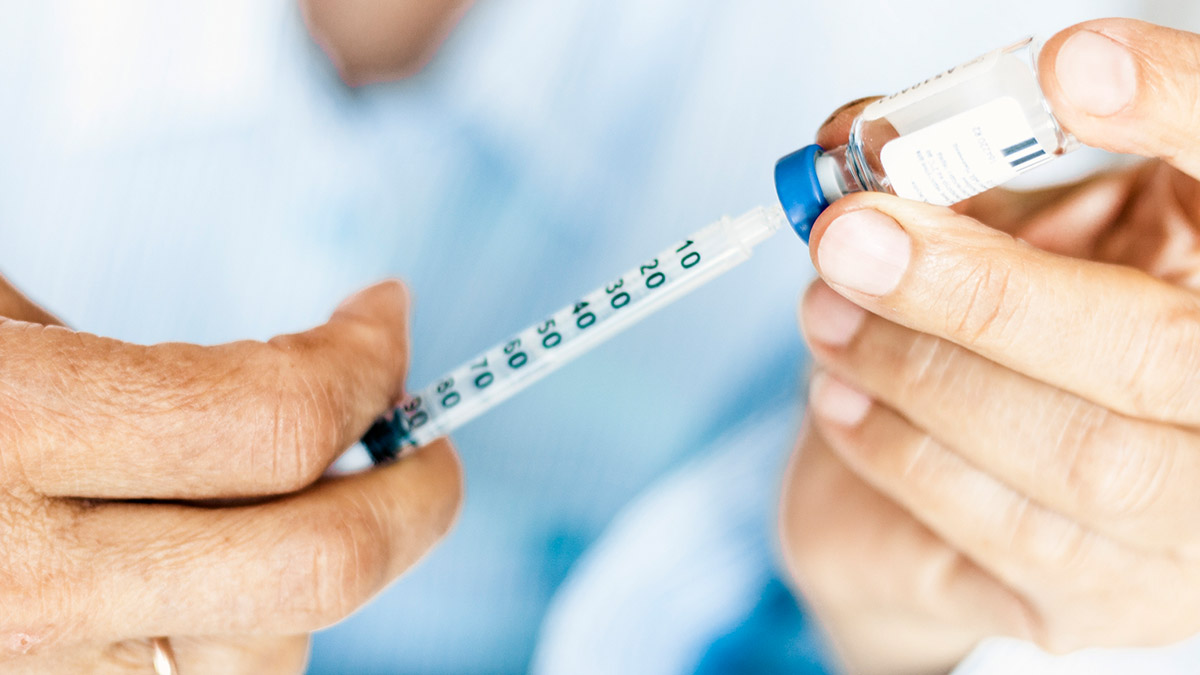Real-World Study Uncovers Delays in Diagnosis and Therapy Initiation for Patients with Diabetic Kidney Disease

Patients diagnosed with type 2 diabetes mellitus (T2DM) who later developed diabetic kidney disease (DKD) had a low rate of renal function laboratory screening and substantial delays in diagnosis and initiation of therapy for DKD, according to a real-world analysis authored by scientists at Stanford, HealthPals, Inc., Janssen Pharmaceuticals, University of Maryland, and Veradigm®.
Published in Advances in Therapy, this retrospective study evaluated electronic health record (EHR) data sourced from Health Insights (Veradigm), a research database that includes de-identified ambulatory patient data from three EHR platforms. Records from nearly 6.5M patients were analyzed using an artificial intelligence engine (CLINT™, HealthPals) to identify delays and gaps in diagnosing and treating DKD.
It took an average of two years to get a provider-recorded diagnosis of DKD (i.e., ICD-9/ICD-10 code or text indicating the disease within a structured field) after estimated glomerular filtration rate (eGFR) labs indicated DKD. More than three-quarters of patients who were not already receiving guideline-recommended therapy at the time of developing DKD were never started on recommended therapy. For those patients who did start recommended therapy, there were substantial treatment delays. Most patients who developed DKD received recommended therapy six to seven months after diagnosis.
DKD may go undiagnosed owing to asymptomatic presentation early in its course and to low general awareness of the disorder. Individuals with DKD not only experience substantial comorbidity and progression to end-stage kidney disease requiring dialysis or kidney transplantation but also have increased rates of all-cause mortality compared with patients with T2DM.2
The study’s findings suggest many patients with DKD are not being diagnosed in a timely manner, nor are they being properly treated. The authors conclude their study “underscores the need for population-based efforts to improve guideline adherence for these high-risk patients.”
References:
- Rodriguez F, Donghyun L, Gad S, et al. Real-world diagnosis and treatment of diabetic kidney disease. Adv Ther 2021;13 July https://pubmed.ncbi.nlm.nih.gov/34254257/
- Afkarian M, Sachs M, Kentenbaum B, et al. Kidney disease and increased mortality risk in type 2 diabetes. J Am Soc Nephrol 2013:24(2):302-308. https://doi.org/10.1681/ASN.2012070718